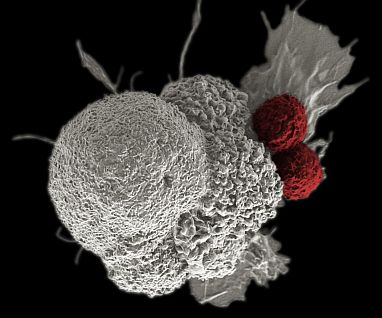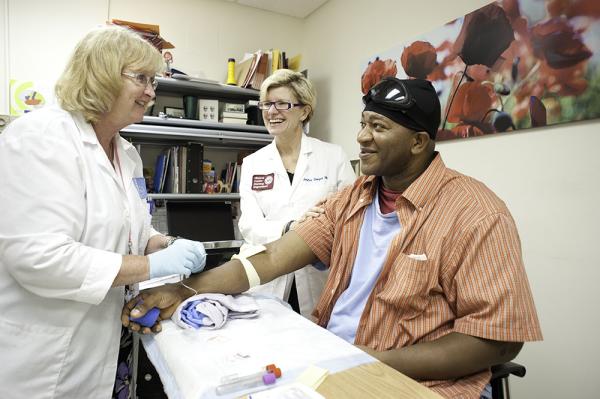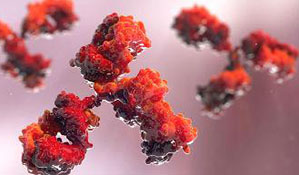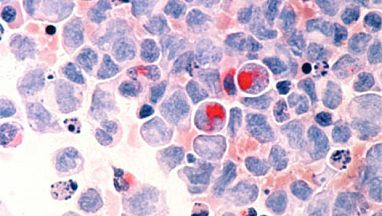NIH Mourns the Passing of Dilys Parry
Dr. Dilys Parry died peacefully in her sleep in the early morning of February 2, 2024, after a long illness. For 30 years, Dr. Parry was a staff clinician and principal investigator in the Division of Cancer Epidemiology and Genetics (DCEG) at NIH's National Cancer Institute (NCI). Following her retirement from federal service in 2007 she continued to engage with her colleagues on projects as a special volunteer.
Dr. Parry’s medical genetics research focused primarily on genetic and clinical studies of neurofibromatosis 2 (NF2) and chordoma, a rare bone tumor derived from the notochord, and adult brain tumors. She was deeply committed to educating patients about the natural history of these diseases and helping them and at-risk relatives receive genetic testing or other types of screening to aid in early detection and treatment. Her research helped to identify susceptibility genes for and delineate the spectrum of clinical manifestations associated with NF2 and chordoma. She also elucidated correlations between the specific types of variants in the gene NF2 and clinical findings. Much of the momentum that exists in chordoma research traces back to Dr. Parry’s early interest in the disease.










